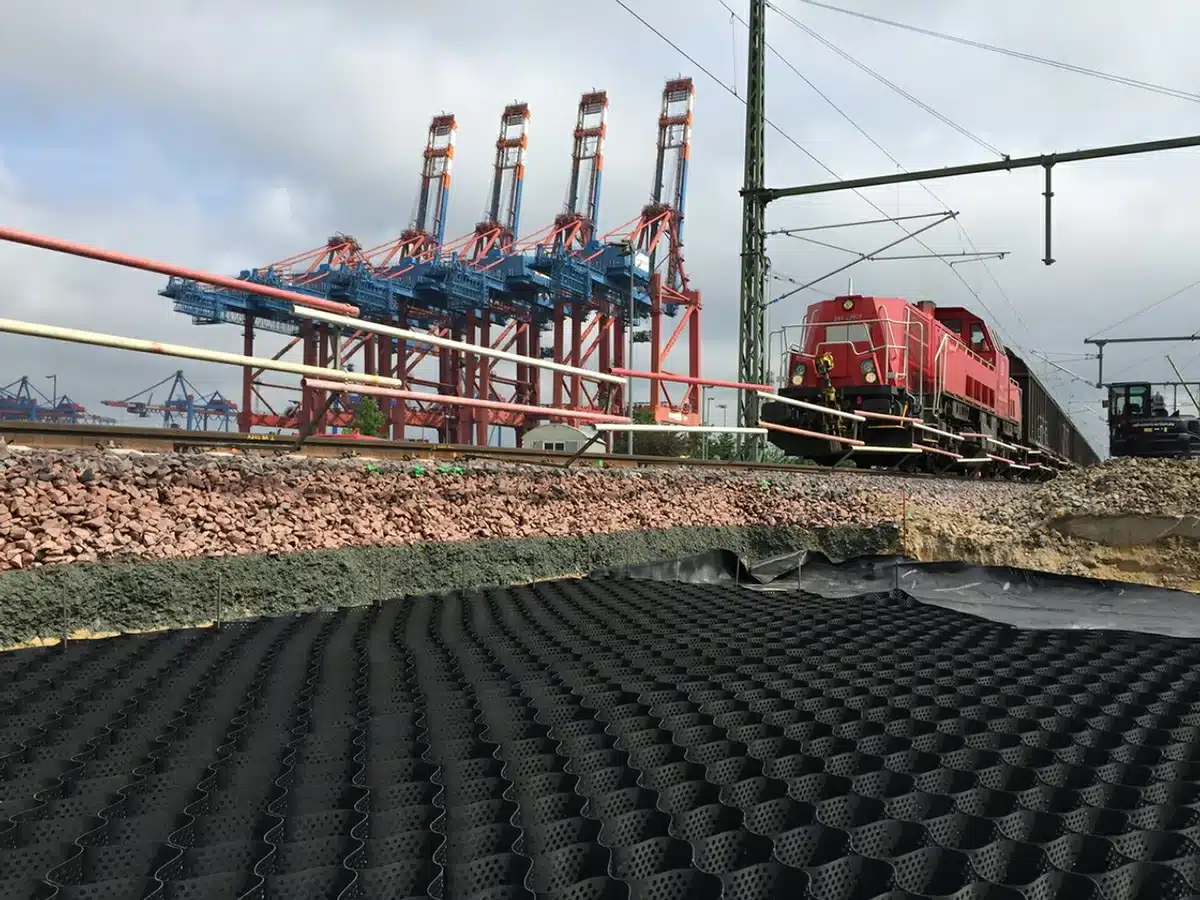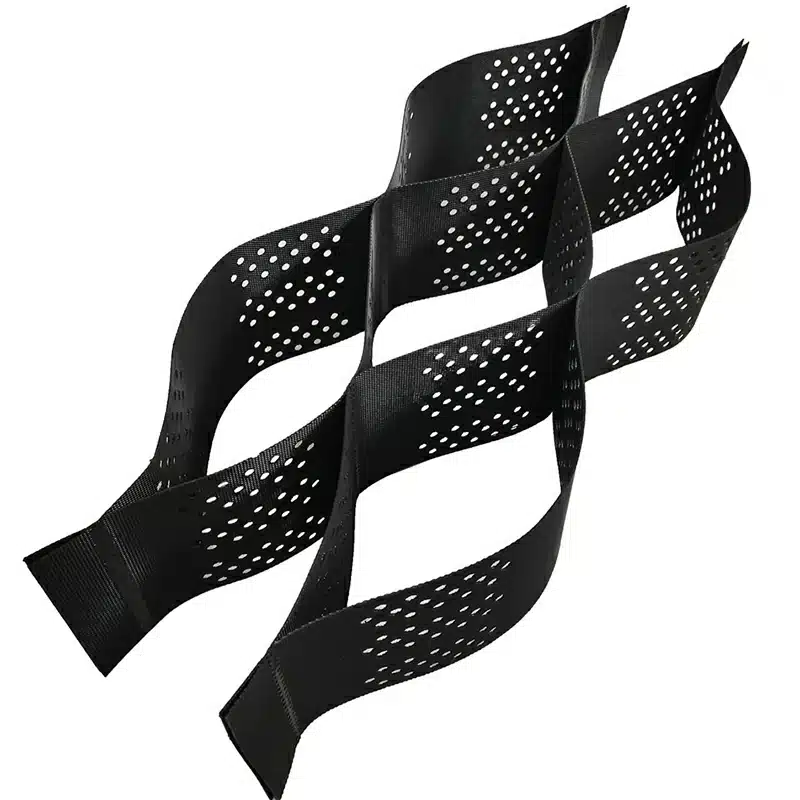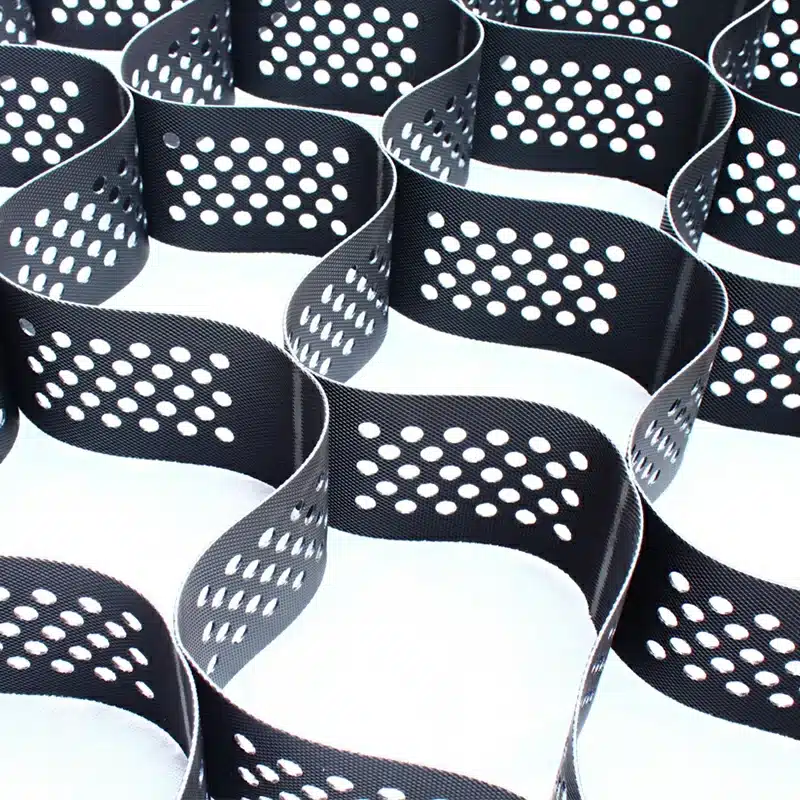How Geocell Enhances Soil Stability on Slopes and Prevents Erosion
Geocell slope protection is an innovative technique designed to enhance soil stability and prevent erosion on slopes. This method utilizes a three-dimensional honeycomb-like structure made from geosynthetic materials, which allows for effective drainage and vegetation growth. As environmental concerns grow, geocells offer a sustainable solution to manage soil and protect landscapes.
What is geocell in slope protection?
Geocell is a geosynthetic product used in civil engineering, consisting of interconnected cells that expand to form a honeycomb structure. This design creates a 3-D cellular structure that can be filled with soil, gravel, or other materials to fix steep slopes and conserve erosion. When deployed on slopes, these cells effectively contain the materials, preventing soil movement and stabilizing the area against erosion.

What is the purpose of geocell?
The primary purpose of geocell in slope protection is to provide structural support to the soil, enhancing its strength and stability, which plays a crucial role in stabilizing and protection against erosion. This prevents soil erosion caused by water runoff and enhances vegetation growth, contributing to the ecological balance.
When to use geocell?
Geocell is best used in areas prone to soil erosion, such as steep slopes, riverbanks, and construction sites, including its application in road construction to prevent erosion on steep grounds. It is particularly effective in regions with heavy rainfall or where vegetation is sparse, providing a reliable solution for long-term slope protection.
What is the material of geocell?
Geocells are typically made from high-density polyethylene (HDPE) or polypropylene (PP) and other durable polymers, ensuring they can withstand harsh environmental conditions. These materials are resistant to UV rays and degradation, making geocells a long-lasting option for slope protection.
Geocell slope protection presents an effective and sustainable approach to managing soil erosion. By understanding its purpose, optimal usage, and material composition, engineers and environmentalists can leverage this innovative solution to preserve landscapes and promote ecological health.



Comments
Post a Comment